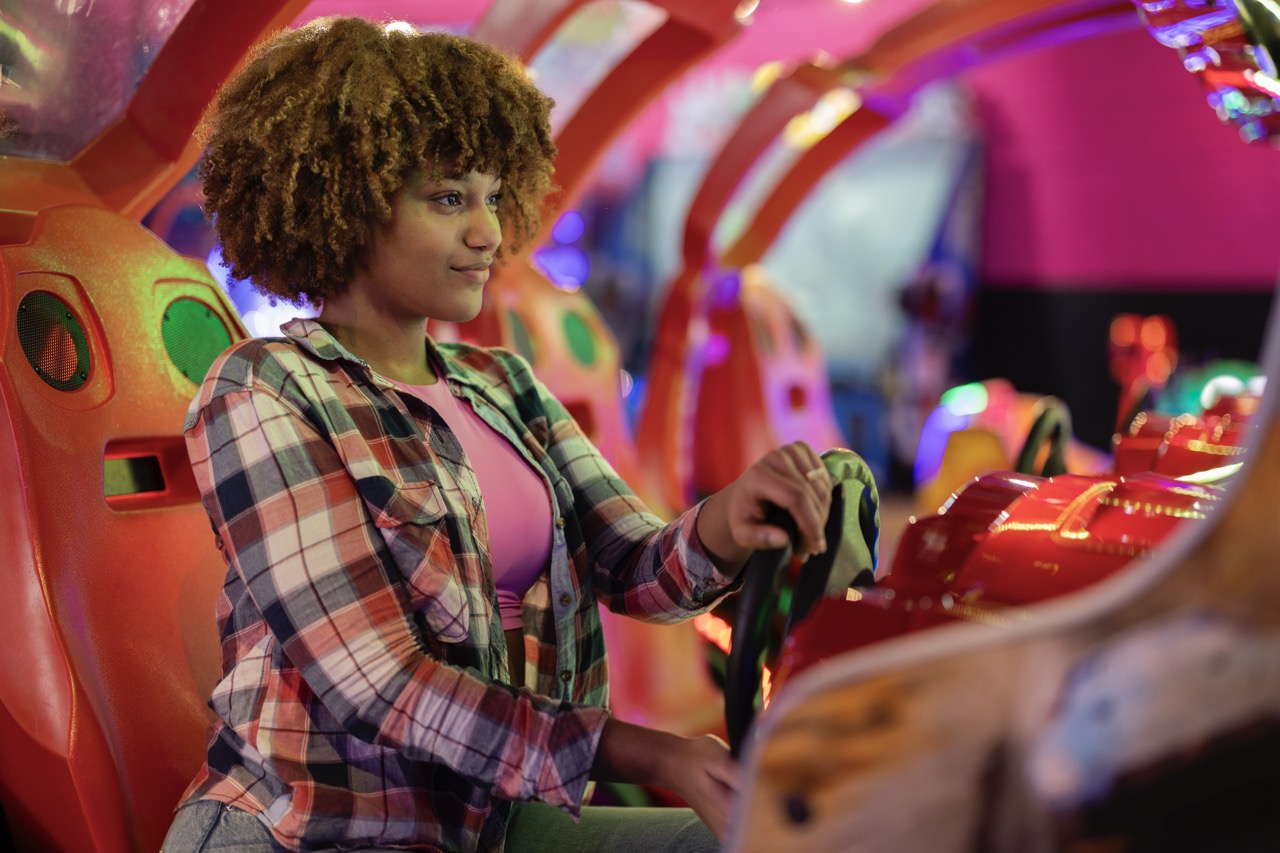When it comes to arcade classics, few games have left a mark quite like "Robotron 2084" and its successor, "Smash TV." These twin-stick shooters transformed the landscape of arcade gaming, making them a beloved staple among fans of fast-paced action. While "Robotron 2084" laid the groundwork for the twin-stick genre, "Smash TV" took that foundation and cranked it up to eleven. In this article, we’ll explore the origins of these games, their gameplay mechanics, and the legacy they’ve left behind.
The Origins: How Robotron 2084 Set the Stage
"Robotron 2084," released in 1982 by Williams Electronics, was revolutionary. Designed by Eugene Jarvis and Larry DeMar, it introduced a unique control scheme that allowed players to move in one direction while shooting in another—a radical departure from the joystick-only control typical of that era. Players were tasked with saving humans from waves of robots in a dystopian future, creating an adrenaline-pumping experience that was both challenging and addictive. The game’s rapid-fire action and frantic pace made it an instant favorite in arcades across the country.
The graphical style of "Robotron 2084" featured colorful, pixelated visuals that were vibrant for its time. With its top-down perspective and chaotic gameplay, players faced hordes of enemies that required quick thinking and faster reflexes. The game also emphasized cooperative play, allowing two players to team up against the relentless robotic onslaught, fostering a sense of camaraderie and competition among friends. This design philosophy would become a hallmark of the twin-stick shooter genre.
Not only did "Robotron 2084" captivate gamers with its innovative controls and gameplay, but it also influenced a myriad of subsequent titles. Developers took note of its mechanics and themes, paving the way for future games that incorporated similar elements. The concept of navigating a playing field while simultaneously shooting in multiple directions became a vital part of the gaming lexicon, setting the stage for an evolution that would culminate in titles like "Smash TV."
Smash TV: The Next Level of Twin-Stick Action
Fast forward to 1990, and we find ourselves in the chaotic world of "Smash TV." Developed by Midway Games and inspired by the 1987 film "The Running Man," this game took the twin-stick concept and amplified it with a satirical twist on consumer culture and reality TV. Players found themselves in a game show setting where they battled waves of enemies for cash prizes and fame, all while dodging deadly traps and collecting power-ups. This thematic shift not only made the gameplay more engaging but also added layers of commentary on society.
"Smash TV" built upon the foundation laid by "Robotron 2084" with improvements in graphics and sound. With its isometric view and more detailed character sprites, it offered a more immersive experience. The addition of various weapons and power-ups, along with a greater variety of enemies, enriched the gameplay and provided players with new strategies to explore. The ability to shoot in multiple directions while moving made for a frenetic, tactical experience that kept players on their toes.
Moreover, "Smash TV" introduced a sense of progression through its multiple stages and boss battles, giving players a feeling of accomplishment as they advanced through the increasingly difficult challenges. The game’s co-op mode also encouraged teamwork, allowing friends to strategize and work together to survive the ruthless onslaught. This refinement of the twin-stick shooter formula not only captivated players but also paved the way for a new era of arcade experiences.
Gameplay Mechanics: What’s Different and What’s the Same?
At first glance, both "Robotron 2084" and "Smash TV" share a core gameplay mechanic: twin-stick controls that allow for fluid movement and shooting. However, the nuances of their gameplay mechanics set them apart. In "Robotron 2084," the focus is primarily on surviving waves of enemies while rescuing humans, creating a sense of urgency. The game’s simplicity in terms of weapons and power-ups keeps players honed in on evasion and shooting; less is often more in this classic.
In contrast, "Smash TV" dives deeper into the chaos with a more complex array of weapons and items. Players can collect power-ups that enhance their firepower or provide temporary shields, adding a layer of strategy to the action. The variety of enemies and environmental hazards in "Smash TV" also shifts the focus from merely surviving to outmaneuvering and outsmarting foes. The game encourages players to think while they shoot, as managing resources like health and ammo becomes crucial.
Another significant difference is the pacing. While "Robotron 2084" maintains a relentless tempo, "Smash TV" incorporates moments of respite during stage transitions, allowing players to strategize and prepare for the next wave of chaos. The co-op experience feels heavier in "Smash TV," as collaboration becomes essential for conquering tougher challenges. Ultimately, while both games utilize the twin-stick mechanic, their differing approaches to gameplay create unique experiences that cater to various player styles.
Legacy and Influence: Shaping Future Twin-Stick Games
The impact of "Robotron 2084" on the gaming industry is undeniable. Often cited as one of the greatest video games of all time, it inspired a generation of developers and set the bar for twin-stick shooters. Many modern games, like "Geometry Wars" and "Super Stardust HD," pay homage to its fast-paced, chaotic gameplay, proving that the formula still resonates with players today. Its influence is evident in both indie titles and AAA games, showcasing a lasting legacy that continues to evolve.
"Smash TV," on the other hand, took that influence further by blending the twin-stick mechanics with a unique narrative and satirical elements. Its over-the-top theme and relentless action have inspired several popular titles that followed, including "Enter the Gungeon" and "Nex Machina." The game also sparked interest in co-op gameplay, as seen in many modern shooters that allow players to team up against challenging foes. Its cultural critique of reality TV and consumerism adds a layer of depth that few games have managed to replicate.
Together, "Robotron 2084" and "Smash TV" established a rich tapestry of gameplay and thematic elements that have shaped the twin-stick shooter genre. They laid the groundwork for both the mechanics and the storytelling aspects that many players enjoy today. As we look to the future, it’s clear that the spirit of these classics will continue to influence new generations of games, keeping the twin-stick action alive and well.
In winding down our look at "Robotron 2084" and "Smash TV," it’s clear that these games aren’t just relics of the past; they are cornerstones in the evolution of gaming. From their innovative control schemes to their engaging gameplay, both titles have forged a path for the twin-stick genre that continues to inspire developers and players alike. Whether you’re a nostalgic gamer revisiting the classics or a newcomer diving into the exciting world of twin-stick shooters, these games remain as thrilling today as they were back in the day. So grab your controllers, gather some friends, and dive back into the fray—it’s time to experience the chaos and fun that started it all!










